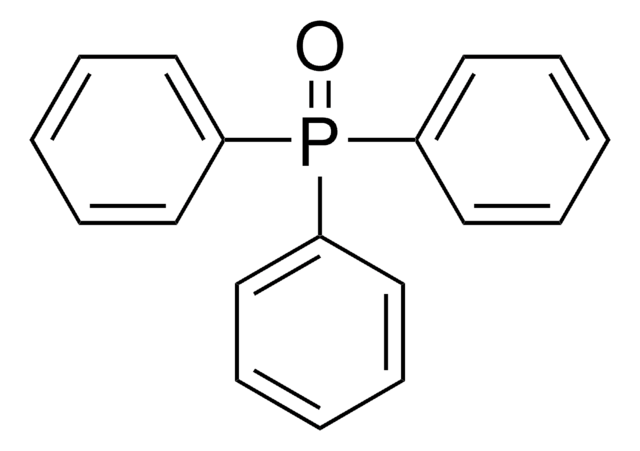901444
TSPO1
Sinonimo/i:
Diphenyl[4-(triphenylsilyl)phenyl]phosphine oxide
Autenticatiper visualizzare i prezzi riservati alla tua organizzazione & contrattuali
About This Item
Formula empirica (notazione di Hill):
C36H29OPSi
Numero CAS:
Peso molecolare:
536.67
Codice UNSPSC:
12352116
NACRES:
NA.23
Prodotti consigliati
Forma fisica
solid
Livello qualitativo
Cerchi prodotti simili? Visita Guida al confronto tra prodotti
Descrizione generale
TSPO1 is an electon transfer layer (ETL) or hole blocking layer (HBL) in OLED devices.
Applicazioni
TSPO1 is a phosphine oxide-based blocking and host material with triplet energy excitons. It is mainly used in the formation of a blocking layer that enhances the performance of organic electronic devices like organic light-emitting diodes (OLEDs), and delayed fluorescent devices.
Codice della classe di stoccaggio
11 - Combustible Solids
Classe di pericolosità dell'acqua (WGK)
WGK 3
Punto d’infiammabilità (°F)
Not applicable
Punto d’infiammabilità (°C)
Not applicable
Certificati d'analisi (COA)
Cerca il Certificati d'analisi (COA) digitando il numero di lotto/batch corrispondente. I numeri di lotto o di batch sono stampati sull'etichetta dei prodotti dopo la parola ‘Lotto’ o ‘Batch’.
Possiedi già questo prodotto?
I documenti relativi ai prodotti acquistati recentemente sono disponibili nell’Archivio dei documenti.
High efficiency thermally activated delayed fluorescent devices using a mixed host of carbazole and phosphine oxide derived host materials
Kim OY, et al.
Synthetic Metals, 201(8), 49-53 (2015)
A novel pyrrolocarbazole donor for stable and highly efficient thermally activated delayed fluorescent emitters.
Kim J H, et al.
Dyes and Pigments, 136, 529-534 (2017)
Jaesang Lee et al.
Nature materials, 15(1), 92-98 (2015-10-20)
The combination of both very high brightness and deep blue emission from phosphorescent organic light-emitting diodes (PHOLED) is required for both display and lighting applications, yet so far has not been reported. A source of this difficulty is the absence
Charge transport, carrier balance, and blue electrophosphorescence in diphenyl [4-(triphenylsilyl) phenyl] phosphine oxide devices
Mamada M, et al.
Applied Physics Letters, 98(7), 34-34 (2011)
External quantum efficiency above 20% in deep blue phosphorescent organic light-emitting diodes
Jeon SO, et al.
Advanced Materials, 23(12), 1436-1441 (2011)
Il team dei nostri ricercatori vanta grande esperienza in tutte le aree della ricerca quali Life Science, scienza dei materiali, sintesi chimica, cromatografia, discipline analitiche, ecc..
Contatta l'Assistenza Tecnica.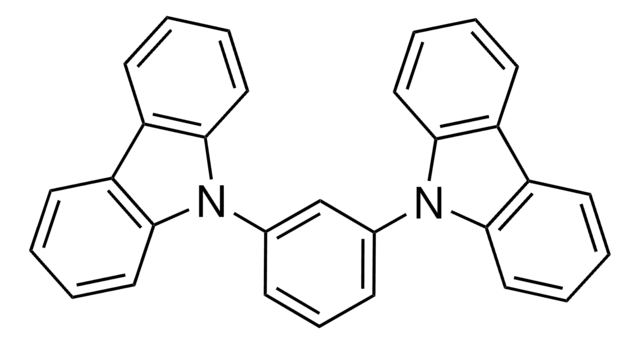


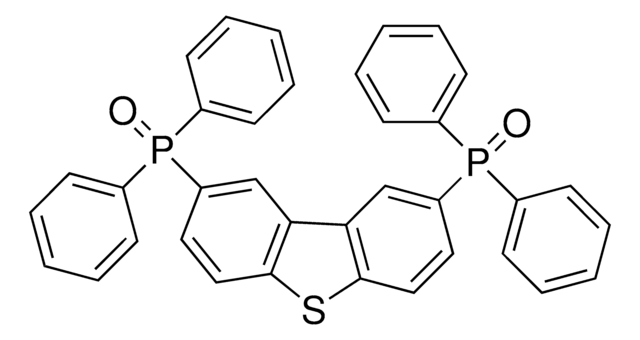
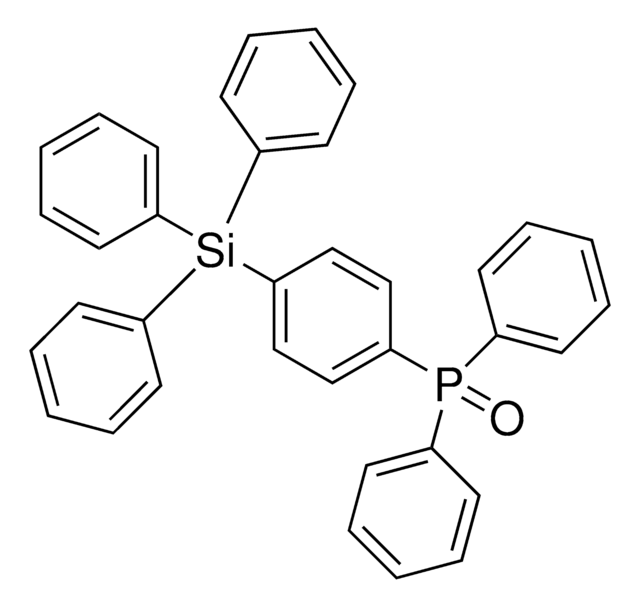
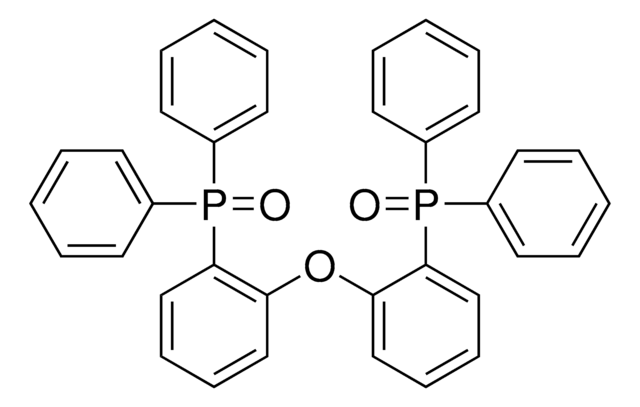

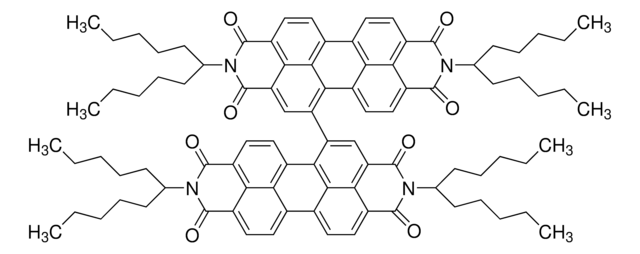
![Pyrazino[2,3-f][1,10]phenanthroline 99% (HPLC)](/deepweb/assets/sigmaaldrich/product/structures/226/341/31d3909e-6700-4a3e-bfb3-9ed1f6b66ee2/640/31d3909e-6700-4a3e-bfb3-9ed1f6b66ee2.png)
